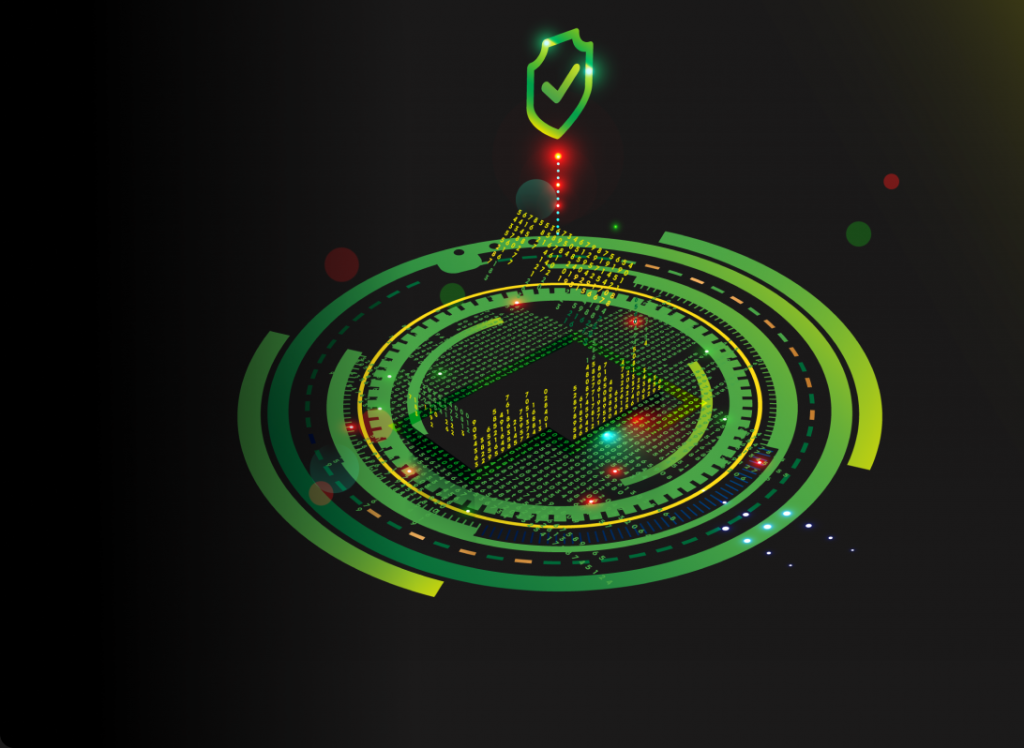6 Best Practices For Effective Identity Management Software Usage
2 min read
Implementing identity management software is essential for businesses to ensure secure access control and protect sensitive data. However, effective usage of identity management software requires adherence to best practices to increase its benefits and mitigate challenges.
Establish clear policies and procedures
Define clear policies and procedures for user authentication, access control, and identity lifecycle management. Document roles and responsibilities, password policies, access provisioning and deprovisioning workflows, and compliance requirements. Communicate these policies to employees and stakeholders to ensure consistency and accountability in identity management practices.
Implement role-based access control (RBAC)
Utilize role-based access control (RBAC) to assign access permissions based on users’ roles, responsibilities, and job functions. Define roles with specific access privileges and assign users to appropriate roles accordingly. RBAC simplifies access management, reduces the risk of unauthorized access, and ensures that users only have access to the resources necessary to perform their duties.
Enforce multi-factor authentication (MFA)
Implement multi-factor authentication (MFA) to improve authentication security and prevent unauthorized access. Require users to provide multiple forms of verification, such as passwords, biometrics, or one-time codes, to access digital resources. MFA strengthens authentication mechanisms and reduces the risk of credential theft, phishing attacks, and unauthorized access attempts.
Regularly review and update access controls
Periodically review and update access controls to align with changing business requirements and security policies. Conduct access reviews and certifications to ensure that user’ access permissions are accurate and up-to-date. Remove or modify access rights for users who no longer require them, and revoke access for inactive or terminated accounts quickly.
Monitor user activities
Implement monitoring and logging mechanisms to track user access activities, changes, and security events in real-time. Monitor user authentication events, access requests, policy violations, and administrative activities to detect suspicious behavior and security incidents. Utilize security information and event management (SIEM) solutions to aggregate, correlate, and analyze log data for actionable insights.
Regularly backup and secure identity data
Regularly backup and secure identity data to protect against data loss, corruption, or unauthorized access. Implement encryption, access controls, and data protection measures to safeguard sensitive identity information stored in identity repositories and directories. Maintain off-site backups and disaster recovery plans to ensure business continuity in the event of a security incident or data breach.



